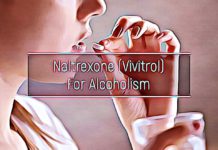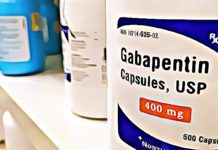be diagnosed with a co-occurring disorder and also more likely to have access to counseling during addiction treatment.
According to the Substance Abuse and Mental Health Services Administration (SAMHSA), approximately 9 million people who had co-occurring disorders were living in the U.S. in 2015. Although the problem affects millions of Americans, several minority groups remain disenfranchised from the clinical literature.
The review highlighted that existing research on impediments to addiction treatment has not included older populations, non-white individuals and people who do not identify as heterosexual.
This analysis was the first to ever integrate clinical research and literature currently available on the subject. Lead author Mary Ann Priester, a researcher from the College of Social Work at the University of South Carolina, stated the goal of her research was to not only find out what prevents people with co-occurring disorders from receiving treatment but to identify the most underrepresented populations who need to access tailored addiction treatment.
SAMHSA’s latest estimations show that about 20 percent of people who have a serious mental illness also end up developing a substance use disorder, yet less than 10 percent are treated for both conditions and more than 50 percent are not treated at all.
“Universal screening across service setting for both [mental health and substance use disorders] may decrease inconsistent and biased referrals, and increase identification of dual disorders among minority populations,” concluded Priester.

















